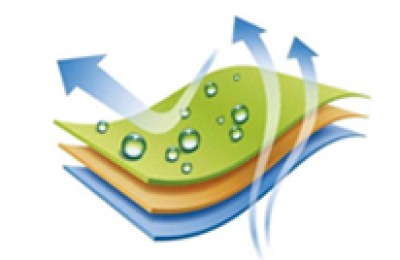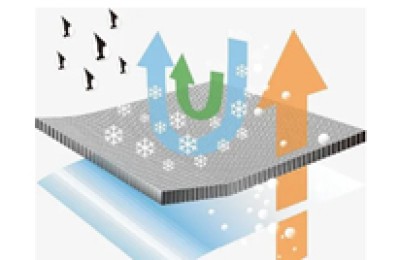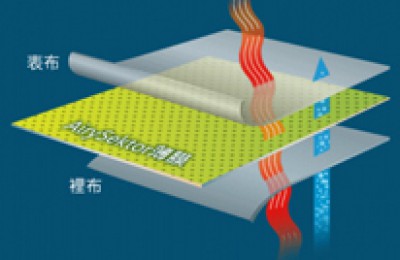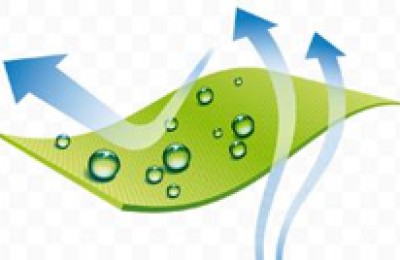25. A factory plans to produce antibacterial finished bed sheets. What are the principles for selecting antibacterial finishing agents? What are the requirements for semi-finished products before antibacterial finishing?
Answer: There are many varieties of antibacterial finishing agents. When choosing, you should pay attention to the following principles.
①The dosage should be small, the antibacterial effect should be strong, and the price should be reasonable.
②The treated fabric has better resistance to washing and dry cleaning.
③ Does not contain any heavy metal ions, does not contain formaldehyde, is non-mutagenic, non-teratogenic and potentially carcinogenic, non-irritating to the human body and non-allergenic, and meets environmental protection requirements.
④ It does not affect the original style of the fabric, nor does it affect the color fastness and color finish.
⑤Does not affect the feel and breathability of the fabric.
There are not many antibacterial finishing agents that meet all the above requirements. Among them, DC–5700 from Dow Corning Company of the United States, SD-875 from domestic Shandong Julong Chemical Co., Ltd., and Shenzhen Beiyue Haiwei Chemical Factory WS-8810 is more ideal. This type of bacteriostatic agent is an organosilicon quaternary ammonium compound, the main component of which is 3-(trimethoxysilylpropyl)dimethyloctadecyl ammonium chloride. Its antibacterial principle is: the organic silicon component has coupling properties. Through the coupling combination of silanol and -OH on the fiber, a polymer film insoluble in water and general organic solvents is formed on the surface of the fiber, forming a barrier to microorganisms. . While general bacteria are negatively charged, organosilicon quaternary ammonium salts are positively charged. When bacteria and bacteriostatic agents come into contact, an adsorption layer is formed, thereby destroying the metabolism of the cell wall.
In order to obtain a good antibacterial effect, the requirements for semi-finished products are stricter. Otherwise, it will be difficult for the antibacterial polymer film to form good fastness on the fabric. The specific requirements are: the singeing must be clean and the singeing finish must be above level 4. Desizing should be clean, scouring and bleaching should be even, and the gross effect should be 12-13cm/30min to prevent sizing and wax from affecting the permeability of the fabric and improve the penetration effect of antibacterial agents inside the fiber. The silk must be “sufficient” and the cloth surface must be washed clean. Otherwise, the alkaline content of the cloth will destroy the bacteriostatic working solution (the pH value of the bacteriostatic working solution is 5 to 6), causing one of the silanol and cellulose fibers to The OH reaction is unstable and reduces the antibacterial efficacy. If the finished product is a bleached product, you should choose a brightener with good acid resistance when choosing a whitening agent. Otherwise, the finished product will turn yellow or red and reduce the whiteness of the finished product.
AAASVSGHRUTO
Disclaimer:
Disclaimer: Some of the texts, pictures, audios, and videos of some articles published on this site are from the Internet and do not represent the views of this site. The copyrights belong to the original authors. If you find that the information reproduced on this website infringes upon your rights, please contact us and we will change or delete it as soon as possible.
AA







